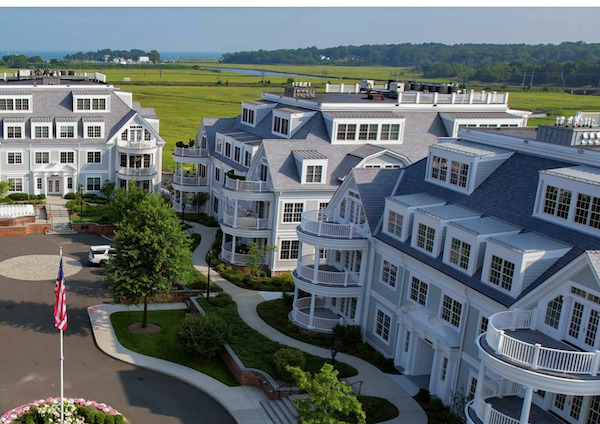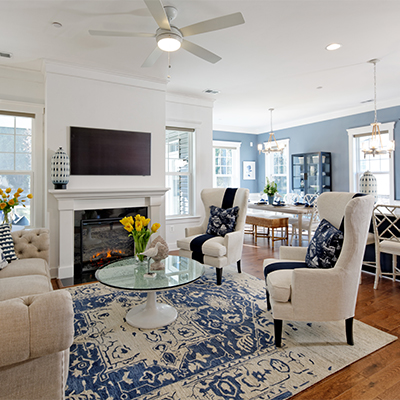How to Get Your 140 Minutes of Aerobic Exercise – For People Who Hate to Exercise
Category: Health and Wellness Issues
Updated October, 2016 — So you have saved all the money you need for a comfortable retirement, scoured the world and found the best to place to retire – great. Unfortunately, all that great planning means nothing unless you have the good health to enjoy your retirement. To keep yourself healthy enough to enjoy your retirement the Centers for Disease Control and Prevention recommends that all adults age 18-64 get at least 140 minutes of moderate aerobic exercise a week. That seems like a lot of time, certainly more than the average person is willing to put in. Fortunately there are a lot of great ways to get that exercise without having to become a gym rat.
Some of the ideas in the book by psychologist Elizabeth Lombardo, “A Happy You: Your Ultimate Prescription for Happiness” are pretty interesting and relatively painless. They make it easy because they incorporate a little bit of exercise into ordinary daily activities. Such as: Brushing your teeth – why not do some squats. Talking on the phone, do it on one leg. Watching TV – why not do some stretching or use small exercise equipment. See all ten interesting ideas in “10 Fitness Ideas for People Who Don’t Want to Work Out“.
You can find more exercises and tips for you as a 50+ person in this article from Positivehealthwellness.com.
Exercises you want to avoid
The sad fact is that as we age many of the exercises we used to do are no longer such a good idea. We personally know some folks whose experience with the new phenomenon of “extreme” gyms like Crossfit suggest that stressful routines like lugging around tires and beer kegs are best left to younger folks. Nextavenue.com suggested some exercises to avoid:
– Plyometric exercises like box jumps
– Pullups/downs from behind the head
– Overhead presses
– Sprinting (OK, most of us don’t do too much sprinting any more!)
Some of these exercises can cause a variety of injuries including joint problems and torn rotator cuffs in our older bodies.
Worth it
As more and more Americans become obese and endanger their health, it is critical that we try to stay in shape and keep those extra pounds off. An analysis from the University of Texas Southwestern Medical Center of Medicare claims found that mid-life cardiovascular levels were an excellent predictor of 8 medical conditions including heart disease, stroke, kidney disease, and lung cancer, among others. So incorporate healthy exercises into your daily routine and enjoy a long and happy retirement.
Comments? Do you have a regular exercise program? What do you do to keep your weight under control and yourself in good shape? What works, and what doesn’t? Please let us know in the Comments section below.
For further reading:
Change How You Feel About Exercise: Change Your Life by Jan Cullinane
Wall St. Journal-The Worst Mistake People Make Nearing Retirement






Comments on "How to Get Your 140 Minutes of Aerobic Exercise – For People Who Hate to Exercise"
Jan Cullinane says:
I know this is anecdotal, but this works for me:
1. Find a sport you enjoy. I started tennis in my late 40s, and when I'm not working, I'm out playing (on three teams, and we're all over 50). Yes, we do sprint for the ball.
2. Get a dog. My dog is almost 12; I need to walk him every morning and night. One researcher suggested that the best piece of exercise equipment is a leash and a dog.
3. Get an activity tracker. I got a FitBit Zip as a birthday gift, and although I didn't think I'd really care about it, I like to meet or exceed my goal of 10,000 steps/day. I didn't think I'd be motivated by this, but I have.
4. Get a bike. I ride a regular bike, but do see a lot of adult three-wheelers out there, along with recumbent bikes. I use my bike to ride to the grocery store - I buy whatever fits into my basket. I make multiple trips/week, but that works for me.
5. Your environment shapes your behavior. I chose a place to live that has a lot of bike paths, hiking paths, and has good weather year-round. This was important to me when choosing a place to live. It makes it easy to get outside and move.
6. I like exercise for what it does for me NOW - more energy, feeling of well-being, sleeping well. I don't concentrate on the benefit of exercise for avoiding cancer or diabetes or high tryglycerides down the road, although I know those are benefits. I look - and enjoy - the immediate pay-offs.
7. The social aspect is important to me, which is why I like a team sport, and take exercise classes. This isn't true for everyone, I realize.
Those are a few thoughts that work for me. I know everyone is different, and I do enjoy good health.
Jan Cullinane, author, The Single Woman's Guide to Retirement (AARP/Wiley)
Maureen says:
I walk (outside) 30 minutes a day, every day. Once in awhile I miss a day here or there but for the most part I find it doable. There's nothing like fresh air and sunshine to get your day going. Along the way I sometimes stop to chat with someone walking their especially cute dog and wind up making a new acquaintance. I probably don't burn that many calories but I believe it's good to keep the joints moving and flexible.
Lynn says:
1. If at all possible get outside. Do your errands with a bicycle. In addition to the exercise there are the extra bonuses of Vitamin D from the sunlight instead of from a pill and reduced pollution from your car.
2. Find a good yoga class. Research has shown that yoga has the same benefits as other aerobic exercise. A good instructor emphasizes the meditative aspects of yoga so you destress, build strength and improve flexibility.